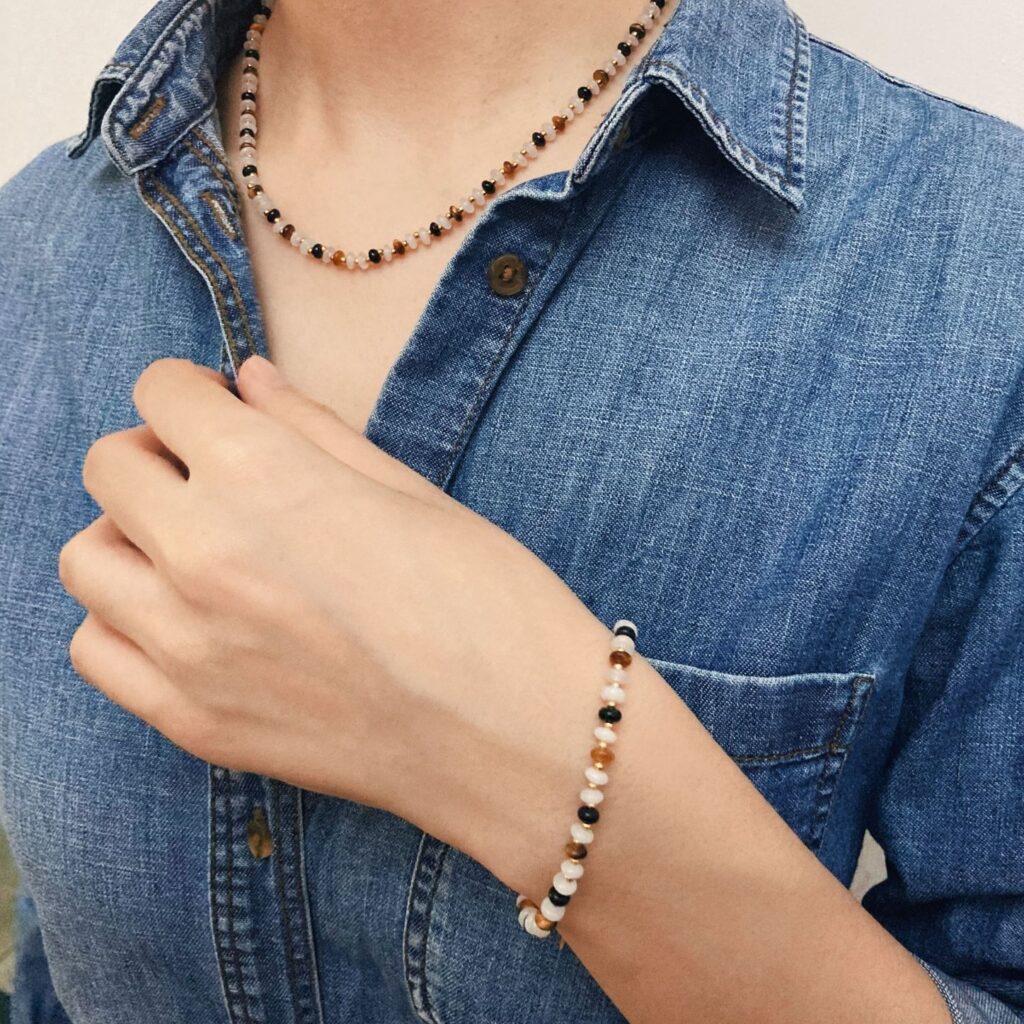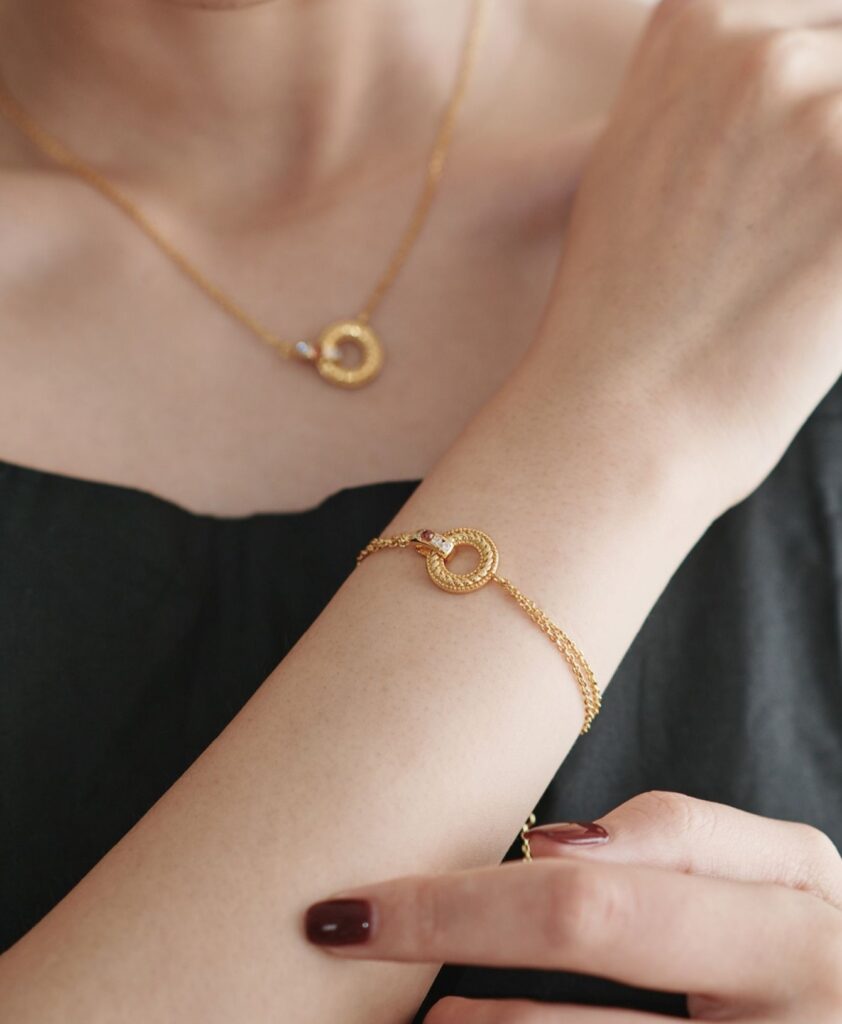A Simple Guide to Choose Your Right Bracelet Size
Bracelets are a great accessory to add to your collection. Its origins date back to 40,000 BC. The word bracelet comes from the Greek word “brachile”, which means “arm”. The materials used in ancient bracelets were bone, stone, animal teeth, and wood. It is believed that bracelets serve religious and spiritual interests in some cultures, while for others they are a class symbol.
The trick to having the perfect bracelet is that it fits, making sure it’s loose enough to move and hang well in your hand, while being tight enough not to fall off your hand. Read this blog to find simple instructions on how to properly measure your wrist and make sure your bracelet fits perfectly.

Choosing Regular Bracelet Size
- Prepare a flexible tape measure, a rope, or a strip of paper large enough to go around your wrist.
- Wrapping a tape measure or paper around the wrist bone. For a charm bracelet or other type of bracelet that you want to drape over your hand, measure the point where your wrist meets your hand. Then add approximately a half inch allowance to that.
- Mark or note the overlapping parts of the measurement tool. If you are using a tape measure, simply add 1/4 inch to 1 inch depending on how tight you want the bracelet to be. Typically, people add half an inch (1⁄2 inch) to the actual wrist size for a comfortable fit.
- If you’re using a strip of paper or string to get the wrist size, simply lay it flat on the surface, measure the length from the start to the end mark, and add the desired margin of inches to that measurement.
Choosing Bangle Size
The bangle has no openings and needs to slide from or from the hand to the wrist. There are two types of bangles, one is an adjustable bangle and the other is a fixed-size bangle.
For adjustable bangles, you can simply make the conventional bracelet measurements mentioned above.
The diameter of a bangle is measured in inches or size. If you already have a suitable bangle, you can simply measure the diameter of the bangle to find your size. Otherwise, you need a tape measure or strip of paper to measure for a fixed size bangle. Here’re what you need to do:
- Squeeze your fingers together toward the center, making them as narrow as possible. Or press your fingers together, bring your thumb and pinky finger to the center. You can also simply pretend that you’re sliding the bracelet.
- Wrap a tape measure or strip of paper around the widest part of the squashed hand. As a tip, measure around the knuckles and start with the thumb joint, this area around the knuckles is the widest part. Tighten the tape measure or strip of paper enough to bypass this widest section.
- If you’re using a strip of paper, mark the part where it overlaps the pen. Place the paper on a flat surface and measure with a ruler from the starting point to the overlapping point. If measuring with a tape, just write down the measurement result. This measurement is the circumference of your hand.
- Once you have the perimeter, you have to get the diameter. Glue the ends together (starting point and overlap point). Measure at the widest point of the paper bracelet. Making sure you are not distorting the circular shape in any way, which is the diameter.

Bracelet Size Chart
Here’s a bracelet size chart for circumference to diameter conversion:
| Equivalent bangle diameter (inches) | Equivalent bangle diameter (mm) | Equivalent bangle diameter (inches) | Equivalent bangle diameter (mm) |
| 2.125 | 54 | 6.67 | 169.4 |
| 2.25 | 57.2 | 7.06 | 179.6 |
| 2.375 | 60.3 | 7.46 | 189.5 |
| 2.5 | 63.5 | 7.85 | 199.4 |
| 2.625 | 66.7 | 8.24 | 209.3 |
| 2.75 | 69.9 | 8.64 | 219.5 |
| 2.875 | 73 | 9.03 | 229.4 |
| 3 | 76.2 | 9.42 | 239.3 |
Now you know how to find the perfect size of bracelet. Shop now!
